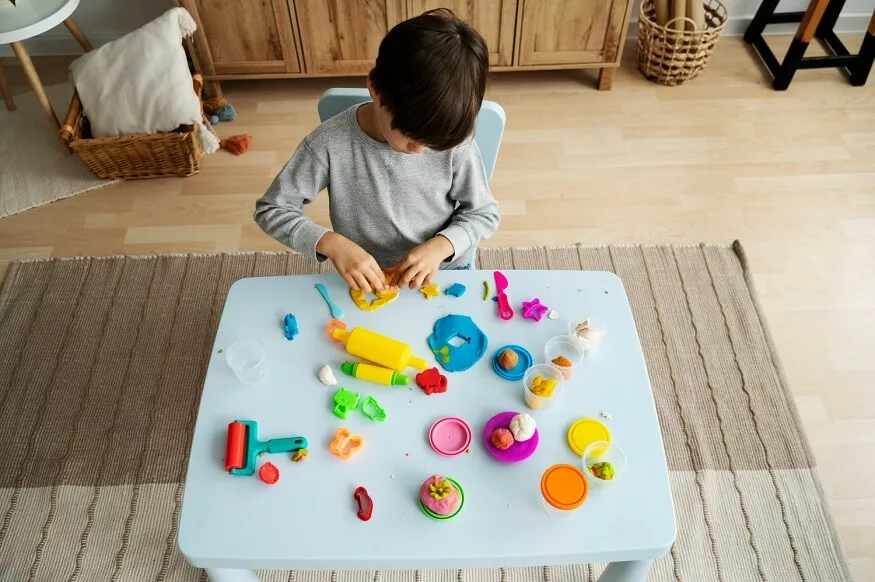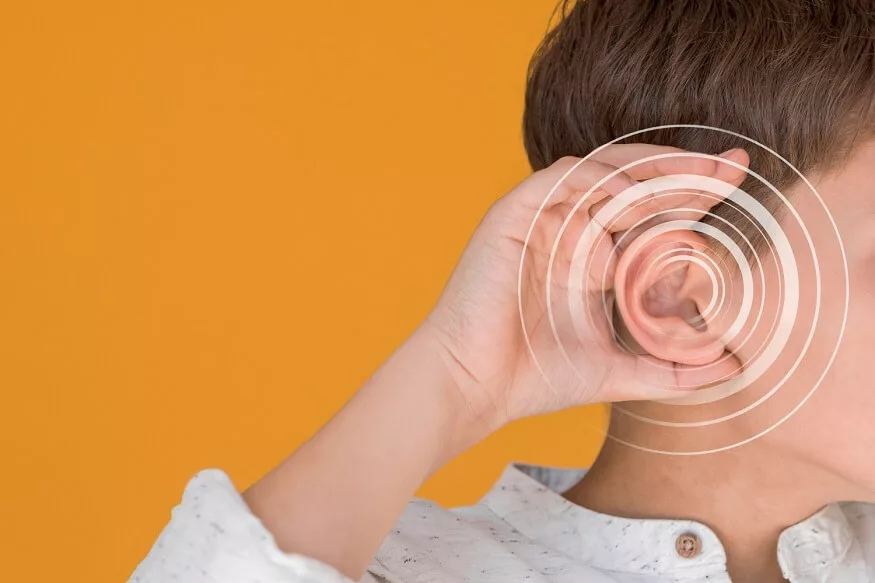Creating effective environments for learning reflection through play is an intricate process that involves understanding the dynamics of play, the psychology of learning, and the subtleties of environmental design. The art of marrying these elements can catalyse profound learning experiences, particularly when we appreciate that play is not merely a frivolous activity, but a sophisticated language of learning in itself. Through play, learners can explore, experiment, and engage with concepts in a manner that is both intuitive and insightful.
Also Read: What is Gamification in Education?
Understanding the Role of Play in Learning
Before we delve into the ‘how’, it’s imperative to understand the ‘why’. Play is the natural mode through which children learn about the world. It allows them to apply their curiosity, explore cause and effect, and make sense of complex systems through trial and error. For adults, too, play can be a powerful learning tool, helping to break down formal barriers and stimulate the creative thinking necessary for reflective learning.
Reflective learning, on the other hand, is a cognitive process whereby individuals engage with and make sense of their experiences, often leading to a new understanding and appreciation. It is a deliberate act that goes beyond the immediate activity to consider the wider implications and lessons that can be drawn.
The Principles of Creating an Effective Play-Learning Environment
To create an environment that encourages reflective learning through play, certain principles must be upheld:
- Safety and Comfort: The environment must be physically and psychologically safe. Learners need to feel comfortable making mistakes and exploring ideas without fear of judgement or harm.
- Flexibility: A learning space should be versatile, allowing for different types of play and learning modalities. It should accommodate changes in the group dynamic, mood, and learning objectives.
- Accessibility: Resources and materials should be within easy reach and suitable for a range of abilities and ages. Ensuring inclusivity is vital in a learning environment.
- Stimulating but Not Overwhelming: The space should be rich in stimuli, but not to the point of overstimulation. A balance needs to be struck to maintain learners’ focus without causing distraction or disengagement.
- Encouragement of Social Interaction: Play often involves others, and learning is a social activity. The environment should encourage interaction, collaboration, and discussion.
- Reflection Zones: Spaces for quiet reflection should be available for learners to retreat to, in order to process and think about their experiences.
Also Read: The Importance of Play-based Learning in Kindergarten
Practical Steps to Create an Environment for Learning Through Play
Creating a playful learning environment requires thoughtful design, where flexibility and variety foster engagement and reflective growth. Here’s how.
1. Design the Physical Space
The layout of the environment should be conducive to free movement, allowing learners to flow from one activity to another. Furniture can be arranged to create open areas for group activities and cosy nooks for individual reflection or smaller group discussions. Accessible shelves with a variety of materials — books, games, art supplies — invite exploration and spontaneous play.
2. Incorporate Nature and Sensory Elements
Natural elements like plants, water, or sand can stimulate the senses and foster a calm atmosphere. Sensory play helps to ground learners in the present moment, which is crucial for reflection. Moreover, sensory experiences can be powerful triggers for memory and can help embed learning.
3. Select Diverse and Open-Ended Resources
Choosing resources that can be used in multiple ways encourages creativity and problem-solving. Blocks, for example, can be used for constructing, creating patterns, or even as storytelling props. Resources should also cater to different levels of challenge, allowing learners to stretch their abilities and reflect on their learning journey.
4. Incorporate Technology Thoughtfully
Technology, when used mindfully, can greatly enhance the play-learning environment. Interactive whiteboards, tablets, or even simple recording devices can allow learners to document their play, replay their experiences, and engage in reflective discussions about what they observed.
5. Facilitate, Don’t Dictate
Educators and facilitators should act as guides rather than directors. By observing play and asking probing questions at the right moments, they can help learners to pause and consider the learning that is taking place. This gentle steering is crucial in transforming play into a reflective practice.
6. Model Reflective Behaviour
Learners often take cues from their facilitators. Demonstrating reflection — perhaps by thinking aloud or sharing one’s thoughts on an experience — can model the reflective process for learners. This could involve discussing failures and successes, considering alternative strategies, and connecting experiences to broader concepts.
7. Create a Culture of Reflection
Embedding reflection into the daily routine helps to make it a natural part of learning. This could involve starting sessions with a brief reflective discussion on previous activities or ending with a group sharing of what each individual has discovered or felt challenged by during their play.
Also Read: What is the impact of classroom design on student learning?
8. Use Playful Assessment
Traditional tests are often at odds with a play-based learning environment. Instead, use playful assessments that encourage reflection, such as portfolios, peer reviews, or gamified quizzes. These methods can provide insight into the learners’ thought
9. Encourage Role Play and Scenarios
Role-playing and scenario-based games are excellent for promoting empathy and higher-order thinking. They allow learners to inhabit roles, confront challenges, and reflect on the outcomes in a controlled yet dynamic environment. This kind of play also encourages learners to consider perspectives different from their own, promoting deeper understanding and reflection.
10. Integrate Movement and Physical Play
Physical play is not only beneficial for health but also for cognitive processing and learning. Movement can be integrated into learning activities to enhance engagement and help cement learning. This could include activities like educational obstacle courses, drama and dance, or hands-on building projects that require cooperation and coordination.
11. Implement Feedback Loops
Constructive feedback is a crucial component of reflective learning. Create a system where learners can receive and give immediate feedback on their play activities. This could be through peer-to-peer reviews, group discussions, or even digital platforms that allow for comments and suggestions. Feedback loops help learners to reflect in real-time and adjust their strategies and behaviours accordingly.
Also Read: Exploring the Benefits of CBSE’s Continuous and Comprehensive Evaluation (CCE)
EuroSchool adeptly crafts environments where playful learning thrives, fostering reflection, creativity, and holistic development in every young mind.









